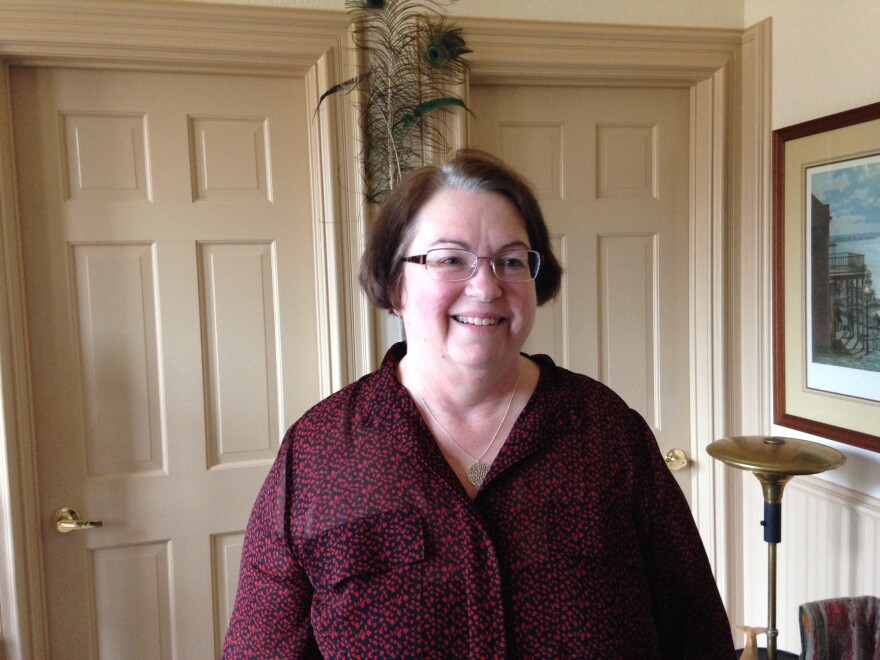Now that the new Austin City Council is in place, it faces a challenge: On the one hand, council members know just how necessary affordable housing is. Virtually all of them ran on an "affordability" platform.
Advocates will tell you Austin is short tens of thousands of housing units specifically for low-income residents. Non-profits have been working hard in recent years to building more affordable housing (below-market rate units for low- and middle-income residents, often subsidized through public and/or private funding).
In 2013, Austinites passed a $65 million bond to help expand the city's supply of such housing.
But the question is: Where should affordable housing like this be built? In theory, housing experts like Mandy De Mayo know exactly where.
“The jobs have to be in that area, the schools have to be superior schools," she says. Access to public transportation is another requirement.
If an affordable housing community wants state money, it has to have a checkmark by all of the above and more.
“Because it's such a competitive program, really the location matters – disproportionately,” De Mayo says.
Just like every other real estate deal, it's all about location – in theory. But in practice, it's really difficult to place affordable housing.
Take, for instance, a community in North East Austin. It's in a desirable location, close to downtown Austin and fairly undeveloped.
There's a developer who wants to build affordable housing there, but the challenge is that the community doesn't want it.
Last week, DeWayne Lofton, who leads the Pecan Springs/Springdale Hill Neighborhood Association, spoke against the development before the Austin City Council.
“Our neighborhood – as a stated goal – promotes homeownership," Lofton says.
The affordable apartments would be rentals.
“We really don't support multifamily development. But, if you give us something that we consider to be a community benefit, then we will consider a multifamily development,” he says.
District 1 is missing retail space, and the community would gladly compromise if they got some retail in exchange.
The other thing is: District 1 already has its fair share of affordable housing. That may be another reason why Lofton is opposed to building more.
So if having too many affordable housing units disqualifies one part of town to have more – would having virtually none make an area the perfect candidate for some?
If that's the case, then the community at Four Points in North West Austin fits the bill.

Jay Wiley lives in North West Austin in District 6. A site within the district is proposed for a complex by Foundation Communities with 170 affordable housing units in an area where there are virtually none.
"We don't have that out here. And so, I think it really feels to us like they are shoehorning in something that would really be an anomaly in this neighborhood here. It's just not a good fit,” Wiley says.
Wiley opposes the development on the grounds that it would add to his district's traffic problems. Lots of others oppose it too, according to the online petition he started. There are claims that the resources of local schools would be strained, or that the development would bring crime to the area.
Leslie McMaster lives a few minutes away from the proposed affordable housing development. She says construction is booming all around. But, it's mostly for upscale developments.
"One hundred-fifty-plus homes on 45- and 55-foot lots directly across Four Points Drive from where this proposed development is – I haven't heard any outcry against that," McMaster says.

McMaster wonders if that’s because those homes are for high earners.
The bottom line is that everyone seems to agree on the need for affordable housing. The problem is where to put it.



